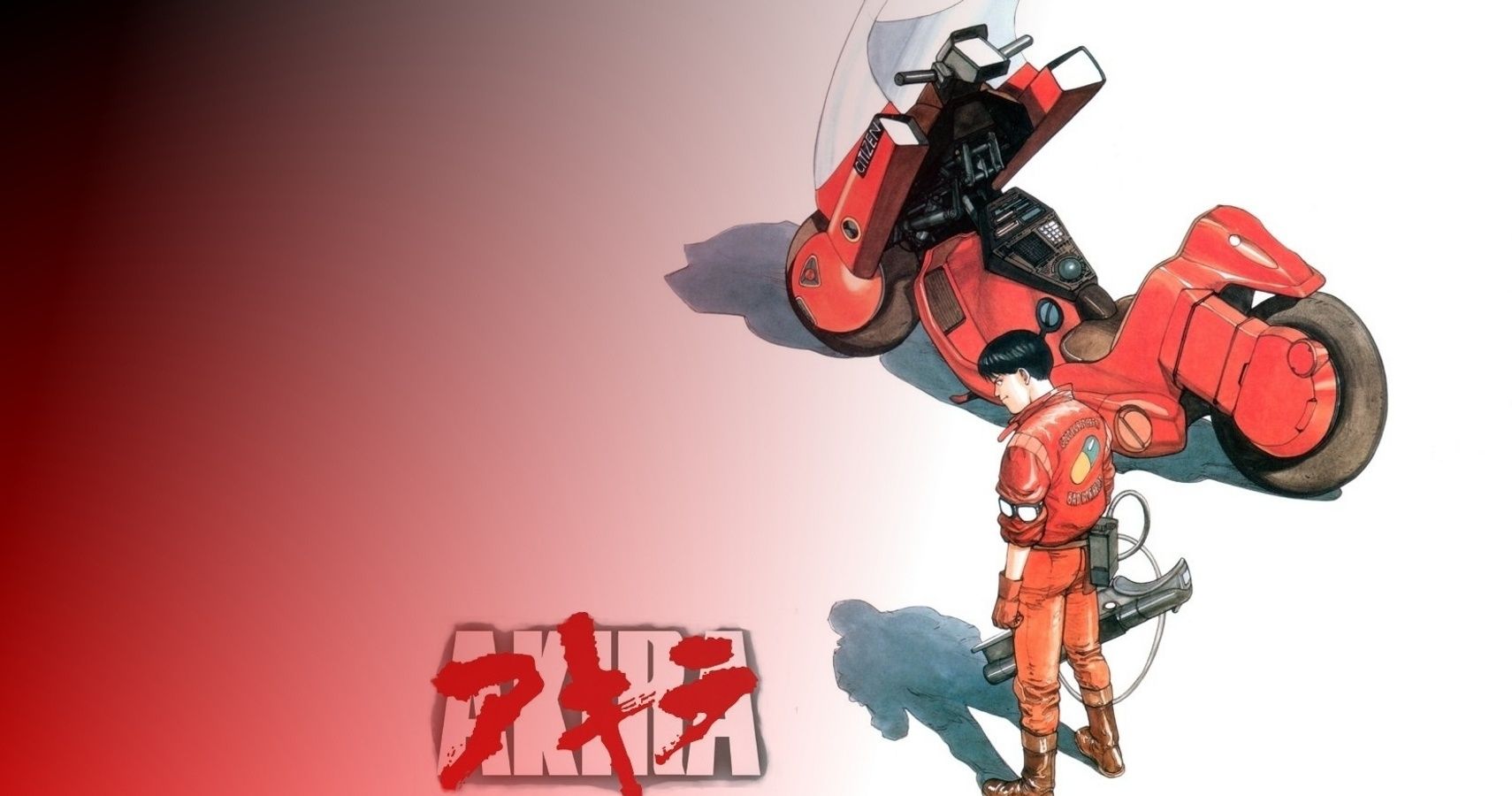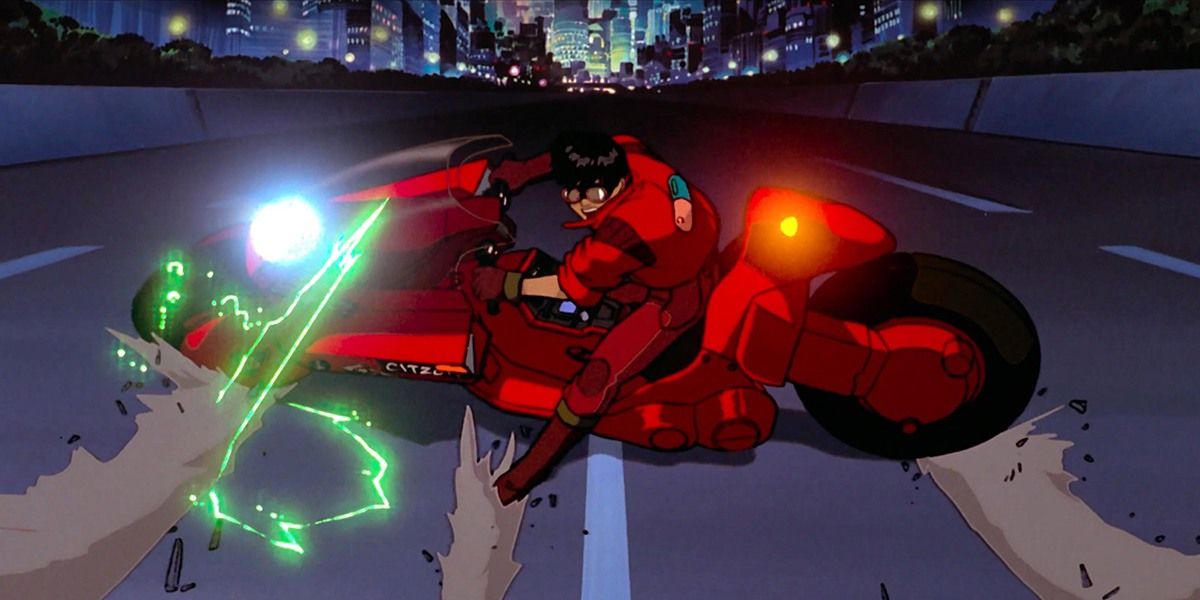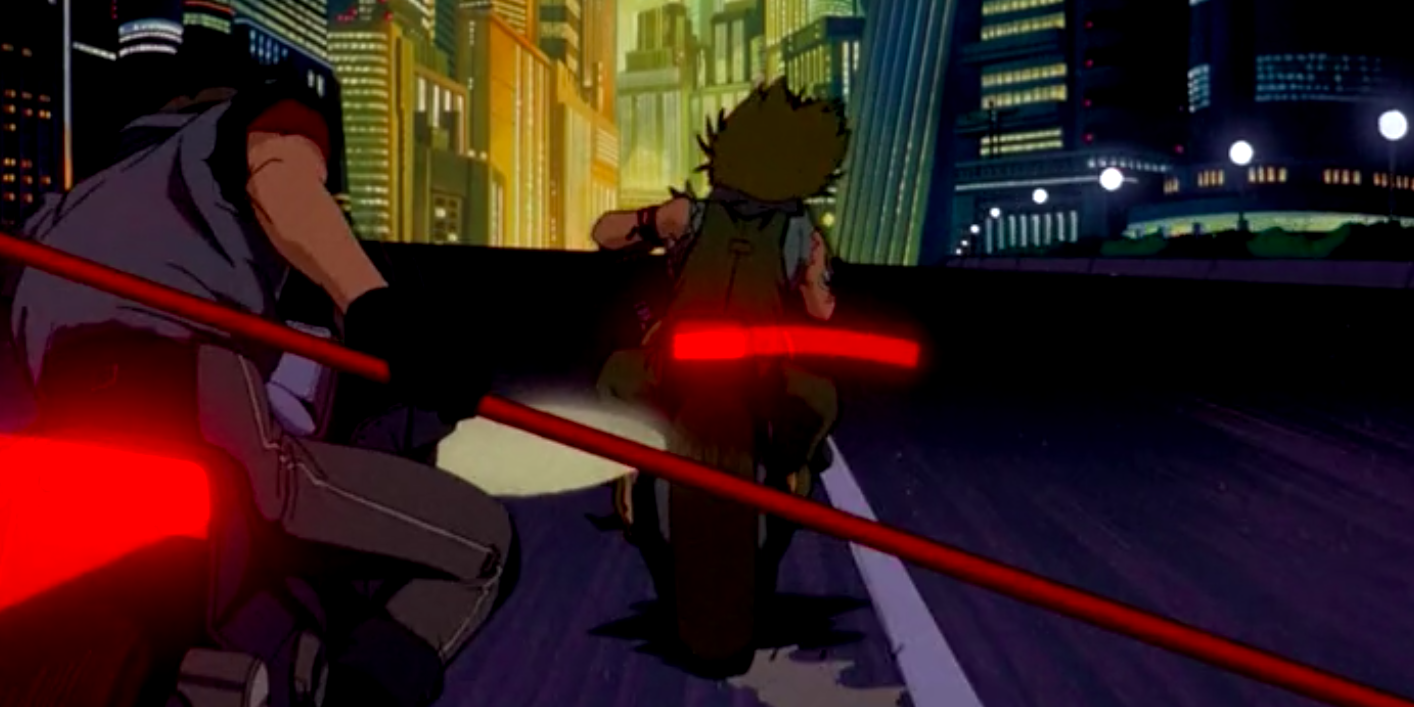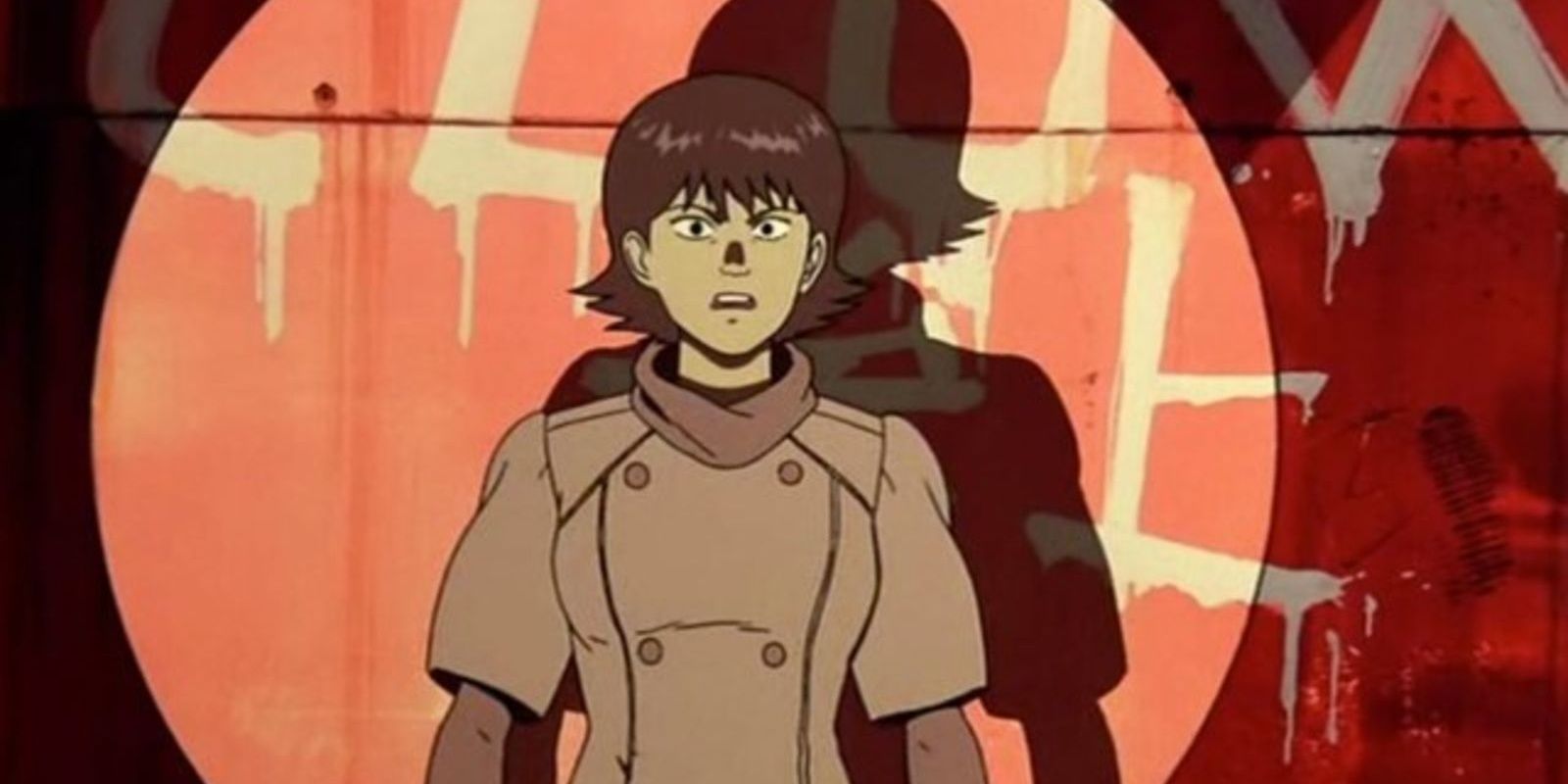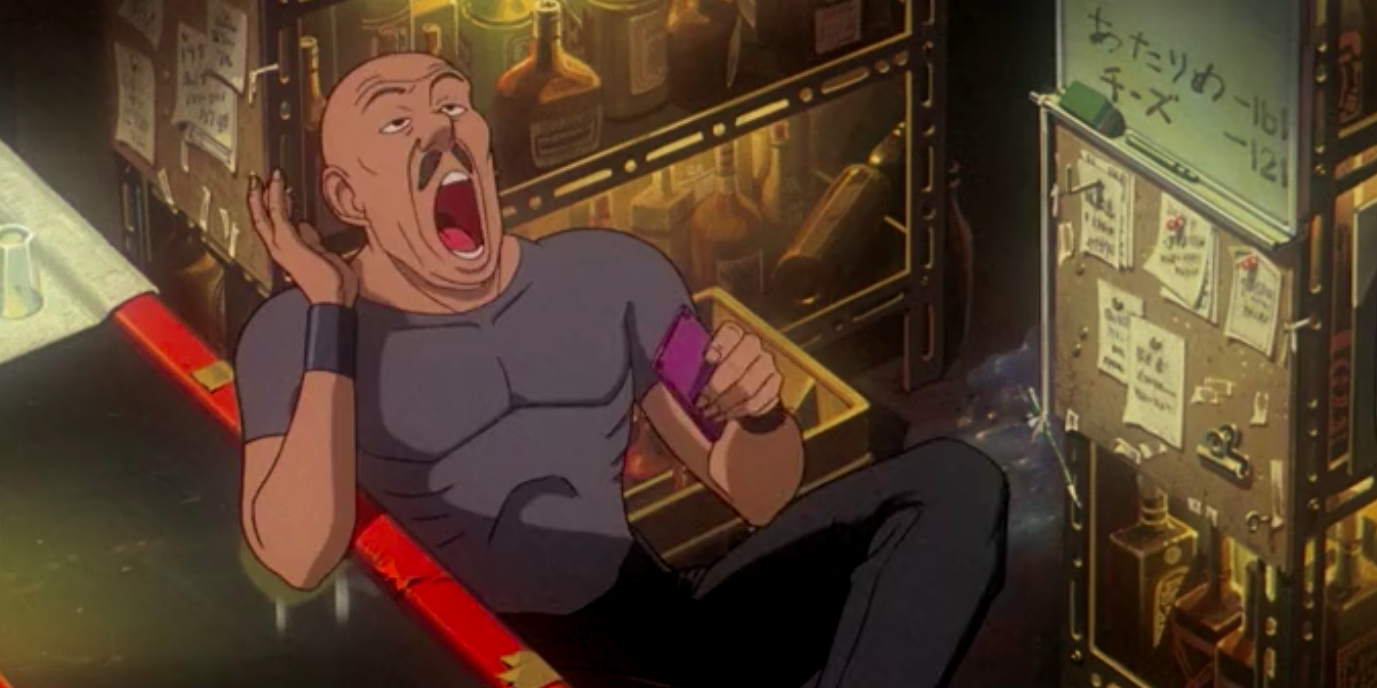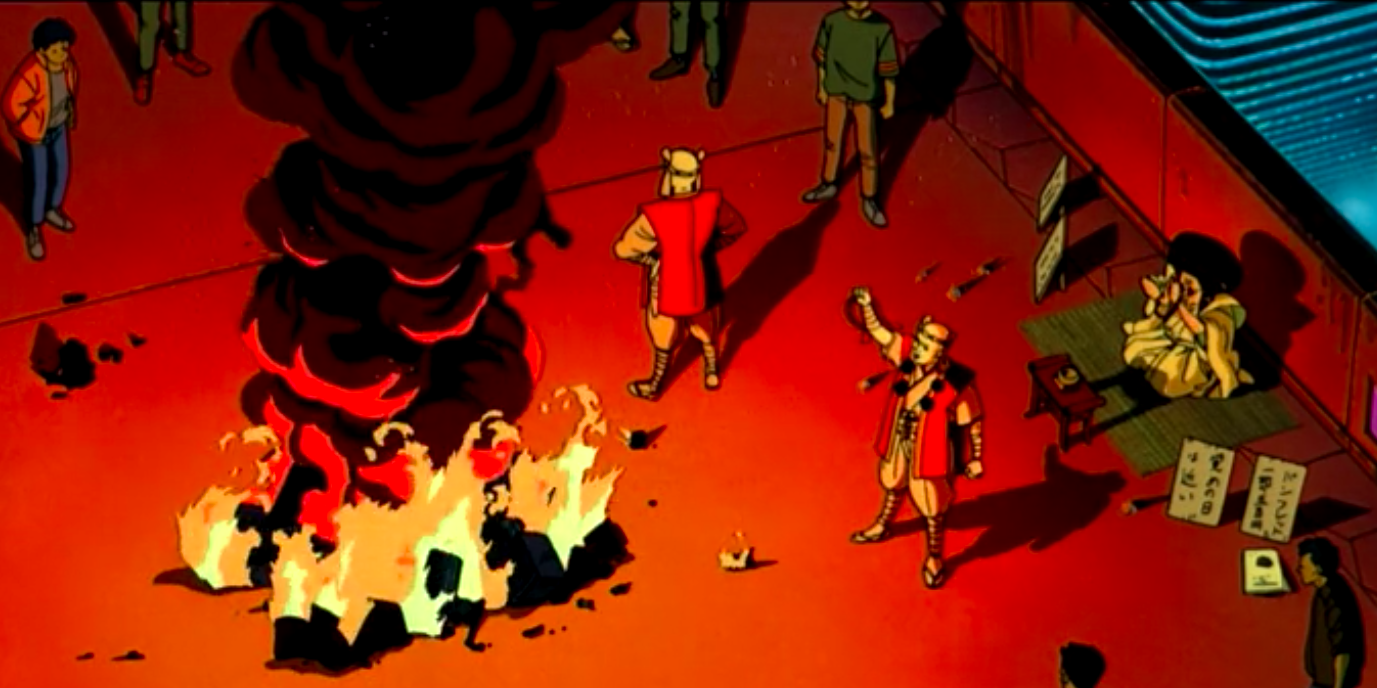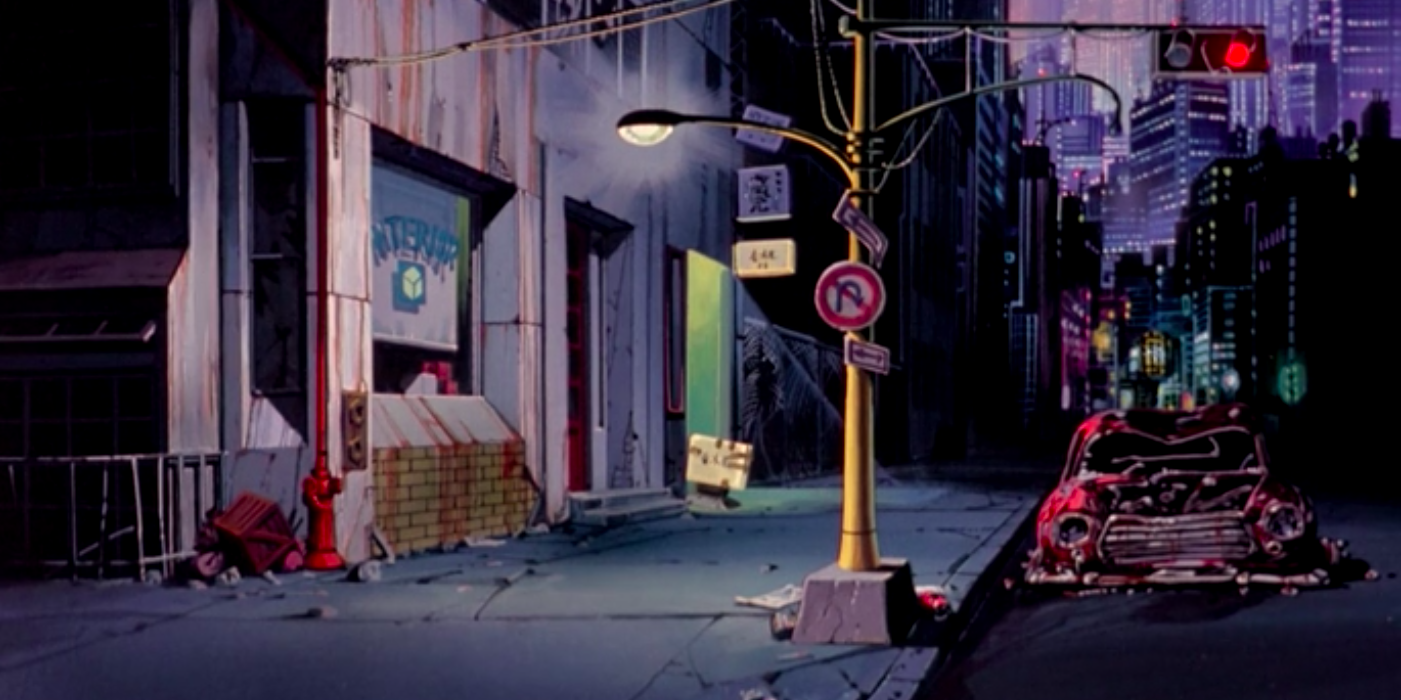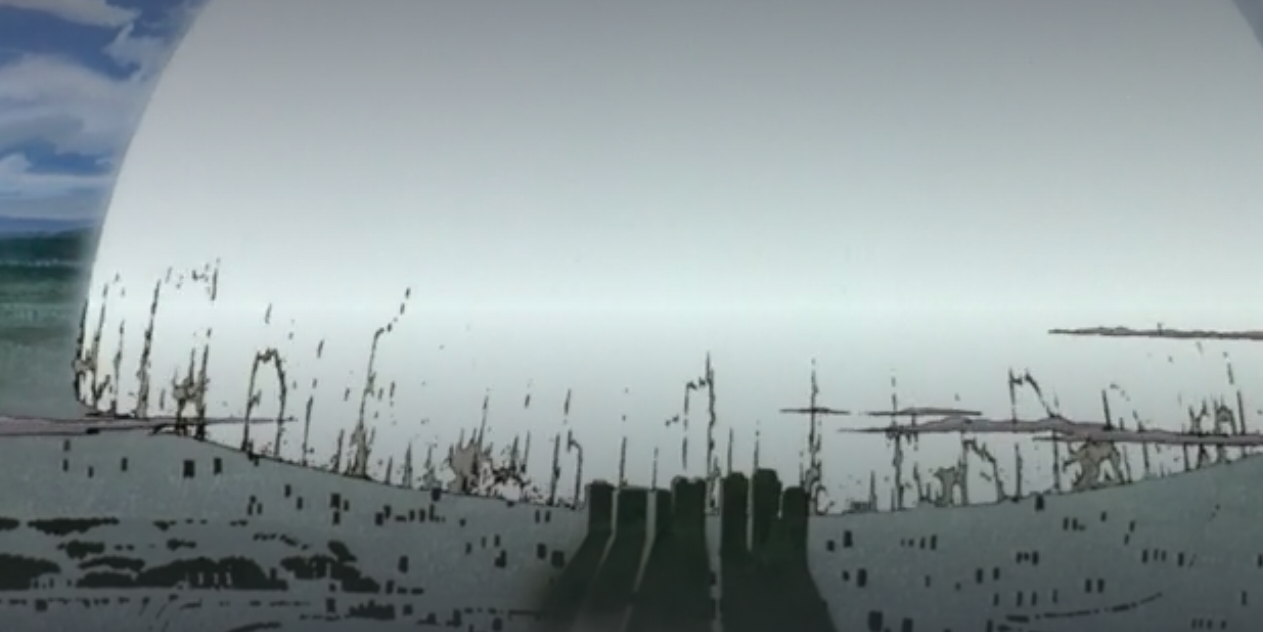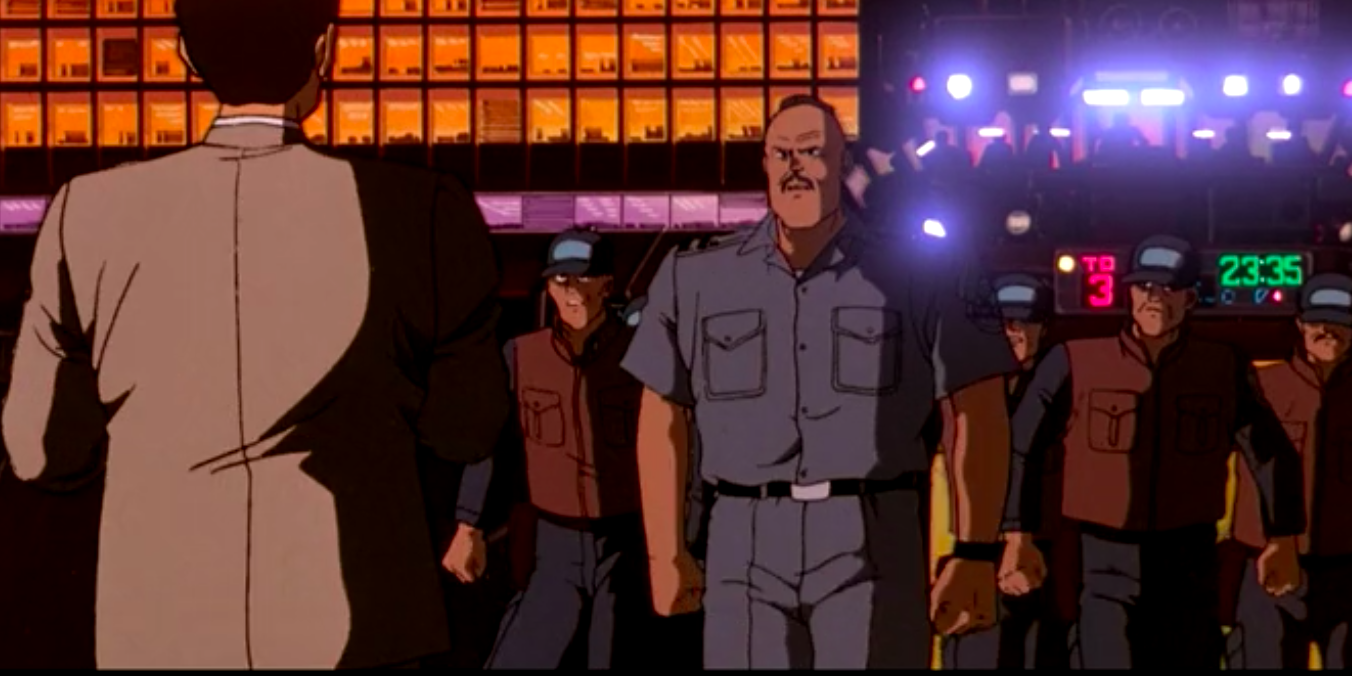When Akira released in 1988, it set the new gold standard for animated films. Not only was it a hit in Japan, but it is one of the works that allowed anime to reach global audiences with its visually unique art style and darkly complex narrative. This cyberpunk thriller seemed to have it all: motorcycle gangs, body horror, a militarized government regime, civil unrest, even psychic children!
Akira remains a classic for many reasons. And like many classics, it is a product of its time, which is to say not everything in it was able to keep up with modern sensibilities. Here are ten things in Akira which did not age well.
10 The Date
Like many near-future works of science fiction, Akira is set in a specific year - in this case, 2019, slightly more than thirty years after the film's release. Unfortunately, this makes a lot of the film dated. It is no longer a movie about a possible future, but rather must be viewed as a film set in an alternative present (or, more accurately, an alternate history).
It is unfortunate that to new viewers, this tiny detail may make the film feel dated, because it is still one of the great speculative works about the technological, psychological, and spiritual fears which continue to haunt people to the present day.
9 Motorcycle Gangs
Two of the main characters in Akira, Kaneda and Tetsuo, are part of a motorcycle gang. In fact, the film opens with a fight between two gangs as they charge through the crowded streets of Neo-Tokyo, while one the most famous scenes in the whole film shows Kaneda bringing his bike sliding to a stop.
Japan's motorcycle gangs, known as Bosozoku, used to be a huge subculture among the country's youth, with tens of thousands of members. However, their numbers and popularity have plummeted in recent decades, making them seem more like a relic of the past than a sci-fi subculture.
8 Women's Roles
Like so many anime - especially anime from the 1980s - Akira does not portray women in the most positive light. Most of the women in the film are secondary characters, being the unnamed girlfriends of the boys in Kaneda's motorcycle gang, whose role sets to be to criticize or comfort their boyfriends when not enduring verbal insults and physical abuse.
The two women who are actually more developed are Kiyoko, who is one of the three psychic children and has the distinguishing role of being the girl among them, and Kei, a political revolutionary who is portrayed as competent but functionally serves the narrative as a plot device to tie Kaneda to the revolutionary movement because of his attraction to her.
7 No Cell Phones
Akira has a lot of trappings of the cyberpunk sub-genre of science fiction - a genre invented by William Gibson in his novel Neuromancer. Gibson has stated that one of the ways society has changed which he could not predict is how mobile phones have changed how people perceive and interact with their surroundings.
In one key scene, Kaneda and his friends are looking for Tetsuo, who has stolen Kaneda's bike. They search all over the city, looking for Tetsuo. An easier solution would be to just ring him up on a cell.
6 No Internet
The internet is sort of a big deal. It permeates almost every aspect of modern life, including hosting CBR's website and making it possible to read this article. That is what makes it so jarring to see a sci-fi anime where the internet is completely absent.
For a story set in the 21st Century to lack any references to the internet feels jarring. It is one of the many factors that makes Akira feel more like an alternate present with retro tech than a story set in the digital future.
5 Apocalypse Cults
Throughout the film, there are many crowd shots of rioters, protesters, and others who have signs and shrines showing their religious beliefs. Many are doomsday cults centered around the figure of Akira who destroyed the original city of Tokyo.
In the 80s, Japan had a real problem with religious fundamentalism as citizens pledged themselves to doomsday cults like Aum Shinrikyo, the group responsible for the 1995 sarin gas attack on the Tokyo subway. A high profile terrorist attack attributed to them was performed as recently as January 1, 2019, but for the most part the prevalence and threat of doomsday cults have been neutralized in Japan.
4 Poverty in Japan
The original Akira manga that inspired the film was created by artist Katsuhiro Otomo, who was born in 1954 during the extreme poverty of the post-War period. Though he did not see the worst of the poverty and devastation inflicted by World War II, he would have grown up in the shadow of its impact.
Today, 90% or Japanese people consider themselves to be middle-class. While poverty exists, it is not so prevalent as it once was. The impoverished people in the seedy back alleys of Neo-Tokyo just do not reflect urban life in modern Japan.
3 Nuclear Fears
The figure of Akira for whom the film is named is a character of mythic status, a person who was experimented on and somehow was responsible for destroying the original Tokyo. In the film's modern timeline, the character Tetsuo also is experimented on, and after getting hold of the preserved organs of the original Akira, Tetsuo's body begins to mutate into horrible techno-organic shapes. He eventually creates a blast that destroys Neo-Tokyo.
This blast is an obvious metaphor for the atomic bomb, just as the body horror of Tetsuo's transformations reflect fear of nuclear mutations. While the nuclear attacks on Nagasaki and Hiroshima still affect modern Japanese sensibilities, Japan's modern nuclear legacy is reflected more accurately in the Fukushima Daishi Nuclear Meltdown than in imagery connects to bombs and body horror.
2 Colonel Shikishima
The world of Akira exists under a constant state of martial law with a militarized security presence that violently quashes groups assembling to express their views in public. These are led by Colonel Shikishima, a hawkish Machiavellian warmonger who is determined to protect Neo-Tokyo at any cost.
There are a handful of politicians in Japan who are fully committed to restoring Japanese militarism, the most prominent of these figures tend to be bureaucrats rather than military officials, as seen with Prime Minister Shinzo Abe. Colonel Shikishima is an archetype inspired by Japan's past, not representative of its present or future.
1 Tokyo Still Exists
Akira's story takes place in the city of Neo-Tokyo, built overtop the demolished ruins of the former city of Tokyo. The biggest problem with this is that Tokyo still exists. While the city has its problems, it has yet to succumb to complete annihilation. This is one of the details that has not aged well about the film, especially as its events supposedly take place in the year 2019.
Ultimately, this helps reinforce the science fiction aesthetic of the film and makes for rich worldbuilding.

